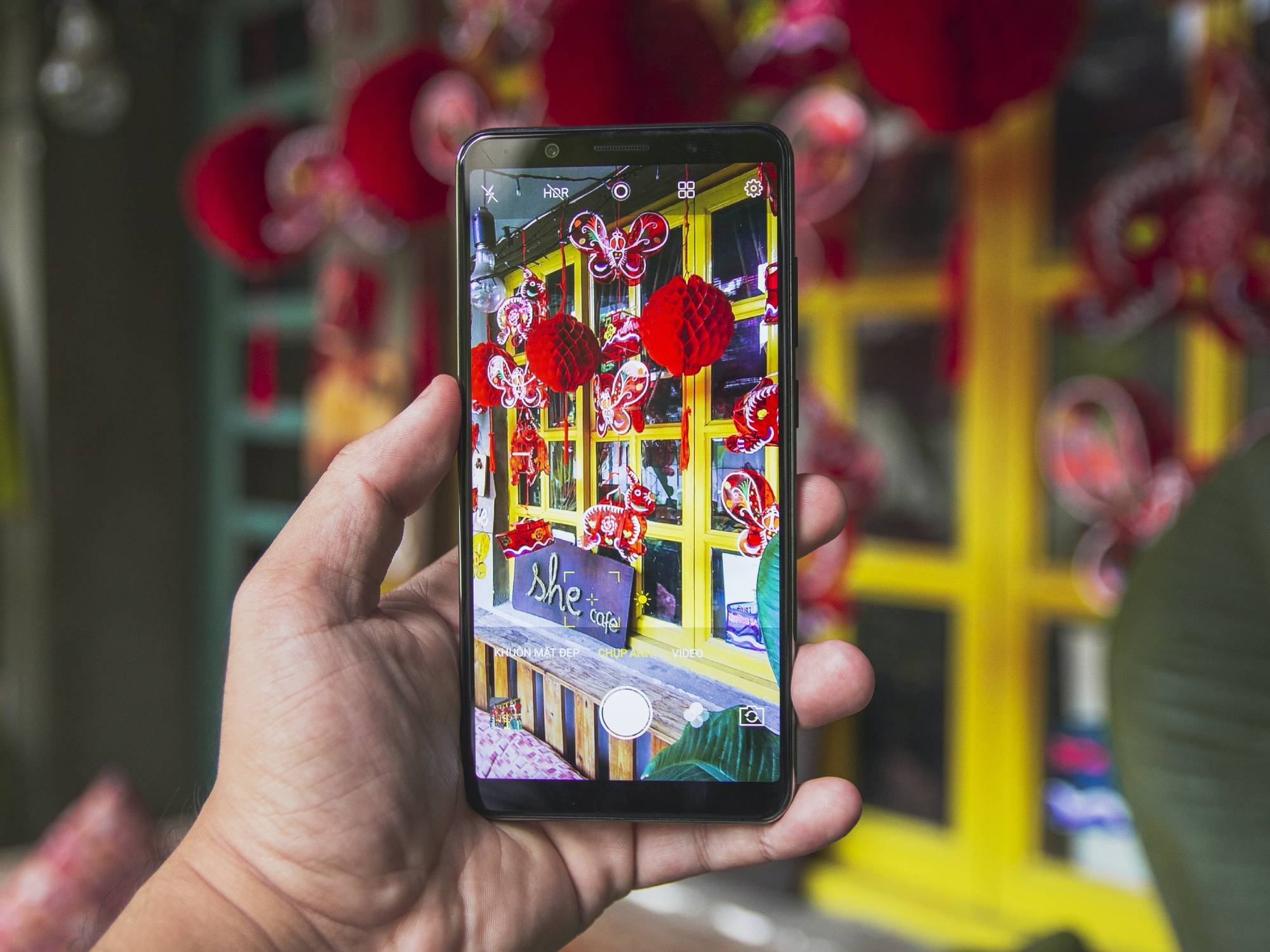
Top Android Phones with the Best Camera
In the world of smartphones, the camera has become an essential feature that can make or break a device. With advancements in technology, Android phones have evolved to offer some of the best camera experiences available. Whether you're a casual photographer or a professional, the right Android phone can significantly improve your mobile photography experience. Here are the top Android phones with the best cameras, highlighting their features, performance, and what makes them stand out.
Samsung Galaxy S24 Ultra
The Samsung Galaxy S24 Ultra is widely regarded as one of the best camera phones available in the market. Its impressive array of lenses and advanced AI capabilities make it a powerhouse for photography enthusiasts.
Key Features
- Lenses and Sensors: Boasts a 200MP primary sensor, a 12MP ultrawide lens, and a 10MP 3x telephoto lens. This combination allows for exceptional image quality and versatility in various lighting conditions.
- Super-Zoom: One standout feature is its super-zoom capability. With a 5x optical zoom and up to 100x digital zoom, it offers unparalleled zooming capabilities compared to other devices.
- AI-Powered Editing: Samsung's AI-powered photo editing tools add significant value. These tools help in enhancing images with features like HDR, color correction, and more.
- Performance: Powered by a robust CPU, ensuring smooth performance even when handling demanding tasks like video recording and editing.
Google Pixel 9 Pro
Google's Pixel series has always been known for its exceptional camera performance, and the Pixel 9 Pro is no exception.
Key Features
- Tensor G4 Chipset: Powered by Google's Tensor G4 chipset, which provides robust processing capabilities for image and video editing.
- Triple Lens Setup: Features a reliable triple lens setup consisting of a 50MP primary lens, a 48MP ultrawide lens, and a 48MP 5x telephoto lens. This setup allows for high-quality images and excellent zoom capabilities.
- AI Features: Google's AI features like Super Res Zoom (up to 30x zoom photos), 8K video upscaling, and the new Add Me feature for merging photos make it highly versatile.
- Selfie Camera: Boasts a 42MP selfie camera, which is sharper and captures a wider field of view compared to previous models.
Google Pixel 8a
For those on a budget, the Google Pixel 8a offers an excellent camera experience without breaking the bank.
Key Features
- Tensor G3 Chipset: Powered by Google's Tensor G3 chipset, which provides efficient processing for camera tasks.
- Dual Rear Cameras: Features an upgraded pair of rear lenses, ensuring high-quality images and improved zoom capabilities.
- AI-Powered Editing: Offers AI-powered editing tools that can turn any photo into a great one with features like Magic Editor and Photo Unblur.
OnePlus 12
OnePlus has made significant strides in improving its camera performance over the years, and the OnePlus 12 is no exception.
Key Features
- Hasselblad Tuning: Backed by Hasselblad tuning, which enhances color science and provides unique styling in images.
- Improved Telephoto Lens: Features an improved telephoto lens with a much better 3x optical zoom compared to previous models, making it ideal for capturing distant subjects.
- High-Quality Images: The main lens produces high-quality images with detailed shots, making it suitable for both casual and professional photography.
Xiaomi 14 Ultra
Xiaomi's latest flagship, the Xiaomi 14 Ultra, is another top contender in the camera phone market.
Key Features
- Expansive Camera Bump: Features an expansive camera bump housing multiple lenses, making it look like a camera with a phone attached.
- 50MP Lenses: Dominated by 50MP lenses, which provide excellent image quality and detailed shots.
- Hasselblad Tuning: Like the OnePlus 12, the Xiaomi 14 Ultra also benefits from Hasselblad tuning, enhancing color science and overall image quality.
Factors to Consider When Choosing a Camera Phone
When selecting the best camera phone, several factors come into play. Here are some key considerations:
Display
A good display is essential for viewing and interacting with photos. Look for devices with above-average panels that cover a wide color gamut, are durable, and have a high refresh rate for smooth visuals.
Performance
A powerful CPU is crucial for handling demanding tasks like video recording and editing. Qualcomm's Snapdragon chipsets are commonly used in Android devices and have proven capable of running multiple apps and services simultaneously.
Camera Quality
The camera system is the most critical feature when choosing a camera phone. Look for devices with reliable and flexible camera systems that can capture any shot you want. An ample amount of storage size is also important for storing photos and videos.
Battery Life
Battery life is essential for continuous use. Top picks should be able to last from morning to night and support fast charging when it's time to top up.
Price
The price of the device should be considered in relation to its features and performance. While high-end devices often come with a premium price tag, there are also budget-friendly options like the Google Pixel 8a that offer excellent camera performance without breaking the bank.
By understanding these factors and considering the top Android phones with the best cameras, you can make an informed decision that meets your photography requirements. Whether capturing everyday moments or professional shots, the right Android phone can significantly improve your mobile photography experience.
